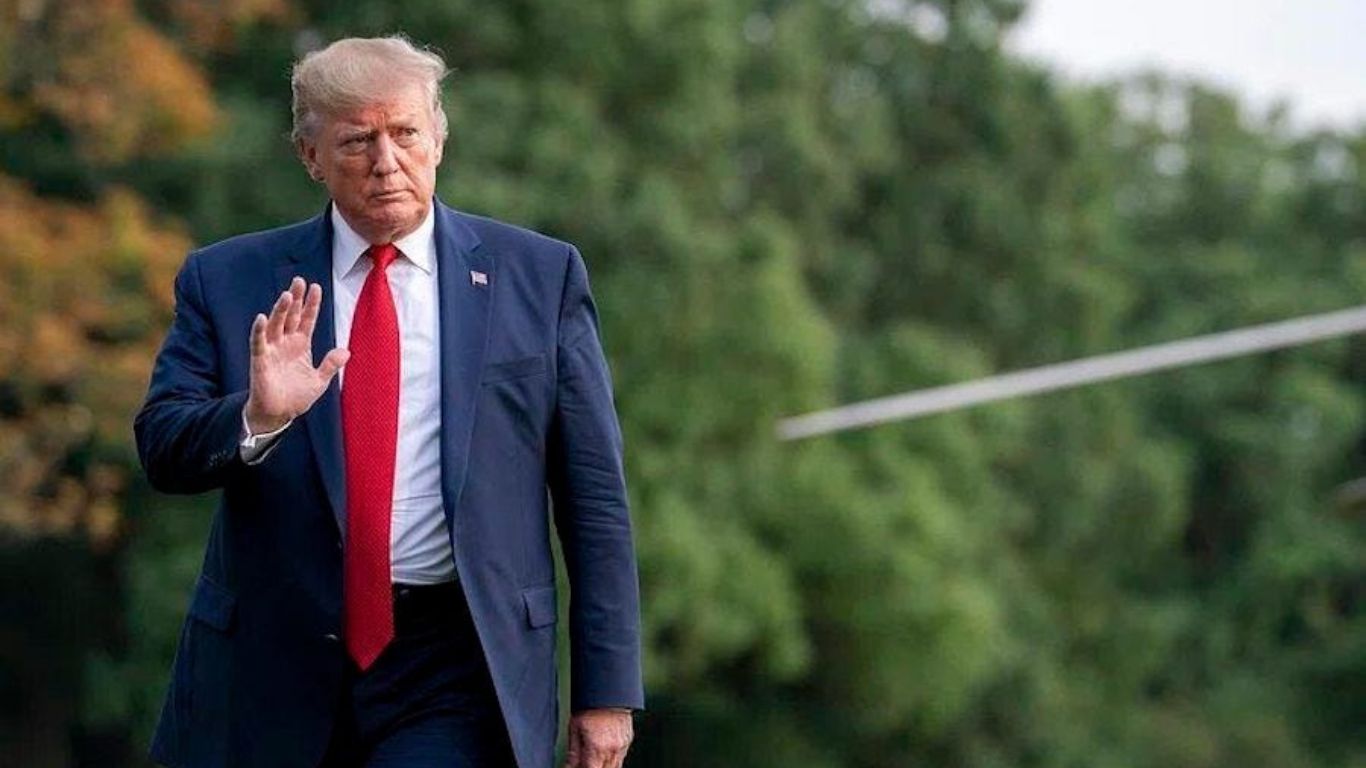In the dynamic world of U.S. politics, the first day of a new presidential administration is one of immense significance. For Donald Trump, his first day in office was marked by an impressive array of executive orders, setting a bold tone for his presidency. These executive orders, which are directives issued by the president, allow him to implement policies quickly and decisively. For Trump, this was his chance to act swiftly and deliver on campaign promises without waiting for legislative approval. Let’s explore the key actions he took and the consequences of those early moves.
What Are Executive Orders and Why Do They Matter?
Executive orders are an essential tool in a president’s arsenal, enabling them to direct government operations, manage federal agencies, and bypass the slow-moving legislative process. By issuing an executive order, a president can initiate policy changes across various domains such as national security, trade, and immigration. These orders carry the force of law and, depending on the nature of the issue, can have immediate consequences.
For Trump, who ran a campaign built on promises of rapid change, executive orders offered a way to sidestep political gridlock and implement his “America First” vision right away. His administration wasted no time in taking advantage of this power.
The Power of Executive Orders in Trump’s Administration
Executive orders have a long-standing history in the U.S. political system, and Trump used them as one of his primary methods of governance. The significance of these orders, especially on his first day, was that they were a reflection of his commitment to fulfilling his campaign promises. From trade policy shifts to healthcare reform, Trump’s executive orders signaled the priorities of his presidency and his determination to enact change.
Trump’s Key Executive Orders on Day One
On January 20, 2017, Trump’s first day in office, he signed a series of executive orders that had far-reaching implications. Some of these orders would lead to major policy changes, while others signaled his administration’s priorities and future plans.
1. Withdrawal from the Trans-Pacific Partnership (TPP)
One of the most significant moves on Trump’s first day was withdrawing from the Trans-Pacific Partnership (TPP). The TPP was a trade agreement negotiated under the Obama administration, which Trump argued was detrimental to American workers. He believed it would harm the U.S. economy by encouraging outsourcing and creating unfair trade conditions. By exiting the deal, Trump made a strong statement about his stance on global trade.
2. Renegotiating NAFTA
Alongside pulling out of the TPP, Trump signed an order to begin renegotiating the North American Free Trade Agreement (NAFTA). Trump believed NAFTA was responsible for job losses in U.S. manufacturing sectors, particularly in industries like automotive production. The renegotiation process would later lead to the creation of the United States-Mexico-Canada Agreement (USMCA), replacing the old trade deal with one that Trump claimed would be more beneficial to U.S. workers.
3. Reinstating the Mexico City Policy
Trump’s first-day actions also included reinstating the Mexico City Policy, which restricts U.S. foreign aid from funding organizations that perform or promote abortions. This policy had been a part of Republican administrations for decades and was reversed by Democratic administrations. Trump’s decision to reinstate it was in line with his pro-life agenda, ensuring U.S. taxpayer dollars wouldn’t support organizations involved in abortion-related activities abroad.
4. Border Wall Construction
Another highly controversial executive order on day one was Trump’s move to initiate the construction of a wall along the U.S.-Mexico border. This was perhaps his most iconic campaign promise, and it became a symbol of his strict stance on immigration. The order set in motion the planning and funding processes for the border wall, which would later face numerous legal and political challenges but remained a central theme of Trump’s presidency.
5. Reducing the Burden of Obamacare
Trump’s efforts to undo President Obama’s landmark healthcare reform law were also among his first actions. He signed an executive order aimed at easing the regulatory burden of the Affordable Care Act (ACA). This order allowed federal agencies to scale back some of the ACA’s provisions, including the individual mandate, and began a long process of attempting to dismantle the law. This move was in line with Trump’s broader goal of overhauling the U.S. healthcare system.
Public and Political Reactions to Trump’s Orders
The reaction to Trump’s executive orders was deeply polarized. Supporters saw these actions as fulfilling his promises to the American people, particularly those who felt that previous administrations had failed to address issues like immigration, trade, and healthcare. For many, it was a sign of Trump’s willingness to act decisively, without waiting for Congressional approval.
However, the opposition was swift and fierce. Critics of the president argued that many of these orders overstepped presidential authority. The border wall, in particular, drew significant backlash, as many viewed it as an unnecessary and costly project that would harm diplomatic relations with neighboring countries. The reinstatement of the Mexico City Policy and the efforts to dismantle Obamacare also stirred debate, with many questioning the morality and long-term consequences of such decisions.
The Immediate Impact of Trump’s Executive Orders
Trump’s first-day orders had an immediate impact on U.S. policies and international relations. The withdrawal from the TPP marked a shift in the U.S.’s approach to trade, emphasizing bilateral deals over multilateral agreements. The border wall order, while contentious, brought immigration policy to the forefront of national conversation, and the rollback of Obamacare set the stage for a prolonged fight over healthcare reform.
In the short term, these executive orders sent a clear message that Trump was committed to enacting his vision for America—focusing on protectionism, reducing government intervention in healthcare, and implementing conservative social policies.
The Challenges and Controversies Surrounding Trump’s Orders
Despite the bold actions taken by Trump, his executive orders faced numerous challenges. Legal battles over the border wall, including issues related to funding and environmental concerns, delayed the project for years. Similarly, the attempts to repeal Obamacare ran into significant resistance, both from Democrats and from some moderate Republicans who feared the consequences of dismantling the law without a clear replacement.
Throughout his presidency, Trump’s reliance on executive orders would continue to be a point of contention, with critics arguing that he was circumventing the democratic process by bypassing Congress. However, his supporters viewed these orders as necessary for breaking the political gridlock in Washington and pushing forward his agenda.
Conclusion
Donald Trump’s first day in office marked the beginning of a presidency that would be defined by bold actions, controversial decisions, and a heavy reliance on executive orders. His promises to enact swift change through these orders set the tone for his administration and provided a glimpse into his approach to governance. Whether viewed as decisive leadership or an overreach of power, Trump’s executive orders on day one left a lasting impact on U.S. policies, particularly in the areas of trade, immigration, and healthcare.
FAQs
- What are executive orders? Executive orders are directives issued by the president to manage the operations of the federal government and implement certain policies.
- Why did Trump pull out of the Trans-Pacific Partnership (TPP)? Trump believed the TPP was detrimental to American workers and would lead to job losses due to outsourcing.
- What is the Mexico City Policy? The Mexico City Policy prohibits U.S. foreign aid from supporting organizations that provide or promote abortion services.
- How did Trump’s executive orders impact healthcare? Trump’s executive orders aimed at reducing the burden of the Affordable Care Act and eventually led to efforts to repeal the law.
- What was the public reaction to Trump’s executive orders? Supporters praised the orders as fulfilling campaign promises, while critics saw them as overreaching and harmful to certain groups.










